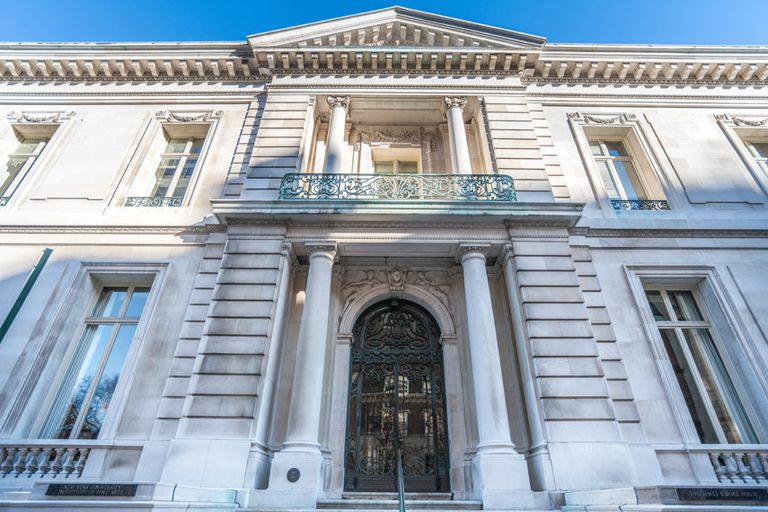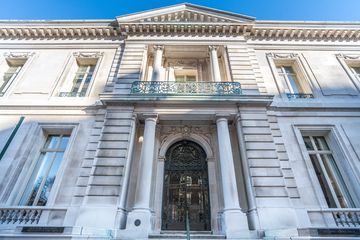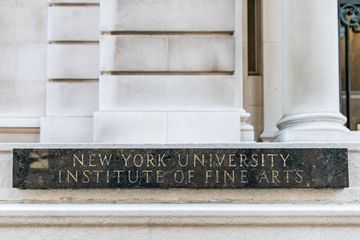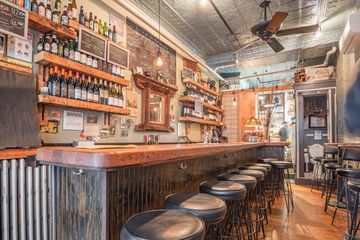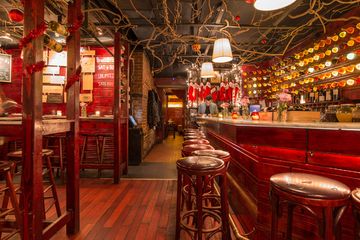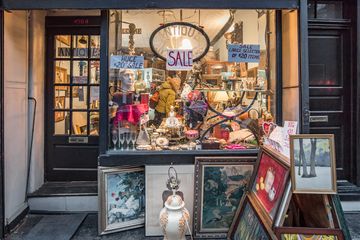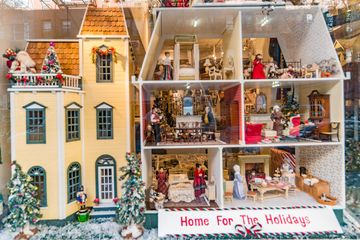Stores like Martine’s Antiques are exactly the kind of businesses I look for on the side streets. Though small, every inch of the shop has some new treasure to discover. There are watches, jewelry, glassware, and various knick knacks decorating the room. Though she has been in New York since 1992, Martine Leventer's lilting French accent added music to her descriptions of each of the pieces that she has hand-selected for her shop. Martine began her career as a journalist in Paris, writing about business and the economy. She occasionally wrote about art, but usually only in terms of auctions and its financial role in society. She told me, however, that she had always had a great love for antiques, “ever since I can remember, in fact. ” She recalled the very first antique she bought as a teenager – a bronze candle holder. Since then, she admits, “I’ve been buying way too much in my life. ” She spent some time between the United States and France, collecting antiques from each location, but when she first went into business in New York, it was as a chocolatier. She had two chocolate shops: one on the Upper East Side, where she lives, and a small shop in Bloomingdale’s. Chocolate, however, was not where her true passion lay: “Having an antique store has been a dream of mine since I was very young, ” she told me. She began selling little pieces at her Bloomingdale’s location, mostly costume jewelry. She then opened an antique store on 82nd Street in 1997, while continuing to operate her chocolate shops. The current location opened in 2012 and she closed her chocolate business a year later. Martine is proud of the fact that her store is a specially curated selection of antiques. “Everyone tells me I have a good eye, ” she said humbly. She does not work in bulk or in estate sales: everything is something that caught her eye. Martine is especially drawn to costume jewelry, old watches - “Old watches have a heart that beats, ” she said poetically - and vintage American glassware. She used to use colorful glass plates and bowls to show off her chocolates. “I look for something that is either beautiful or funny, something that makes my day. It is important to have things in your house that give you happy feelings. ”Though she still has a couple customers who have been with her from the very beginning, many of her original clients have moved away. She has realized that that is a pattern in New York: things are constantly shifting and changing. Though some change may be good, for the most part it means higher rents. “So many small businesses have disappeared. It’s so heartbreaking. ” She elaborated, “Being from France, I don’t like seeing little old buildings being demolished. ” In Martine's view, the city is starting to become too angular, as harsh modern architecture starts to take over from the old world. When she first came to the United States, she was surprised by the variety of antiques. In France, most of the antiques are French, with perhaps a few English or German pieces if you look hard. The United States, on the other hand, is a source of antiques from around the world. Martine had never come in contact with American Vintage before, and immediately took a liking to it. Additionally, costume jewelry was cheaper and more accessible in the U. S. She discovered, however, that New Yorkers were often more interested in European pieces. She explained her frustration to me: In terms of antiques, architecture, and art, Americans will travel hundreds of miles to view masterpieces but will not show any respect towards the beautiful works of art on their own shores. “I hope people wake up soon, ” she said, “and learn to not throw away the beauty of their own heritage. ”
